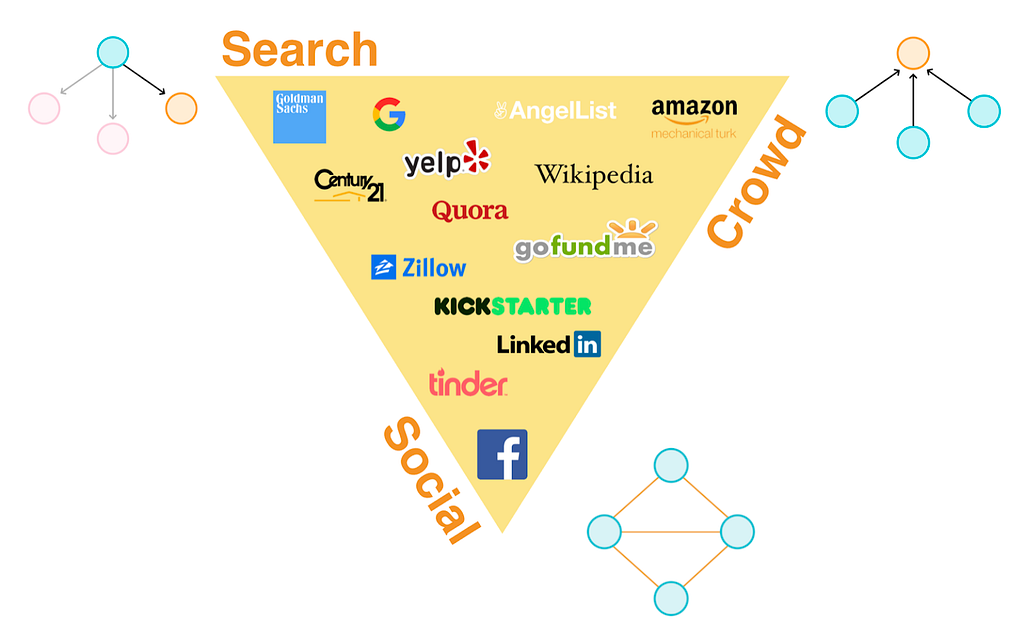Latest news about Bitcoin and all cryptocurrencies. Your daily crypto news habit.

Here at nCent Labs, we believe markets are a more efficient way to organize work at scale than firms. (For an introduction to how incentive markets can be formulated on a blockchain, see our recent post entitled The Success of Incentive-Centered Markets.) There are three meta-categories of incentive programs: search, crowd, and social programs. Each type offers different advantages and disadvantages, but they all increase the efficiency and value of an existing network.
1. “Search” Incentive Programs
Search incentive programs outsource the work of finding a person, place, or thing to a network of individual searchers. In a search problem, the value or solution lies at the leaf or the bottom of the tree. The basic idea is to incentivize people to solve the search problem 1) directly or 2) indirectly by finding someone else to solve it directly. Since only the referral chain that succeeds in locating the relevant thing is compensated, this kind of incentive program is incredibly cost effective. Constructed properly, search incentive programs have also proven to be more efficient than one might initially think, as demonstrated by the quick resolution of the red balloon project. Matching problems such as dating or kidney donations or medical school placements are a type of two sided or dual search problem.
2. “Crowd” Incentive Programs
Crowd incentive programs combine crowdsourcing and incentives by involving as many nodes to contribute to the solution, which lies at the root of the tree. The focus here could be on crowdwork (labor), crowdfunding (capital) or other resources. The trick here lies in incentivizing collaboration. Building a house, for example, requires the coordination of architects, builders, plumbers, electricians, and so on. Getting these groups to collaborate and participate together on a project can sometimes be a logistical nightmare, but all of these professionals can be incentivized to seek one another out and collaborate. By reducing the inefficiency and cost of facilitating collaboration between professionals, “crowdwork” may become the path to deconstruct corporations into markets.
3. “Social” Incentive Programs
Social incentive programs extract value out of social networks by mapping the connections of their users and using this information to generate targeted incentives. The value here lies in the edges or connections in the graph. Facebook, for example, could certainly benefit from incentivizing its users to recruit new users and share high quality posts to attract new users. We expect to see novel uses of social incentive programs, for example, in dating applications, entertainment searches, and marketing.
Although our initial focus at nCent is search based incentive programs, we believe the approach is generalizable at least into the three categories discussed above: Search, Crowd and Social. To learn more join our discussion on telegram or email me at kk@ncnt.io
Incentive Markets Will Replace These Three Business Categories was originally published in Hacker Noon on Medium, where people are continuing the conversation by highlighting and responding to this story.
Disclaimer
The views and opinions expressed in this article are solely those of the authors and do not reflect the views of Bitcoin Insider. Every investment and trading move involves risk - this is especially true for cryptocurrencies given their volatility. We strongly advise our readers to conduct their own research when making a decision.
